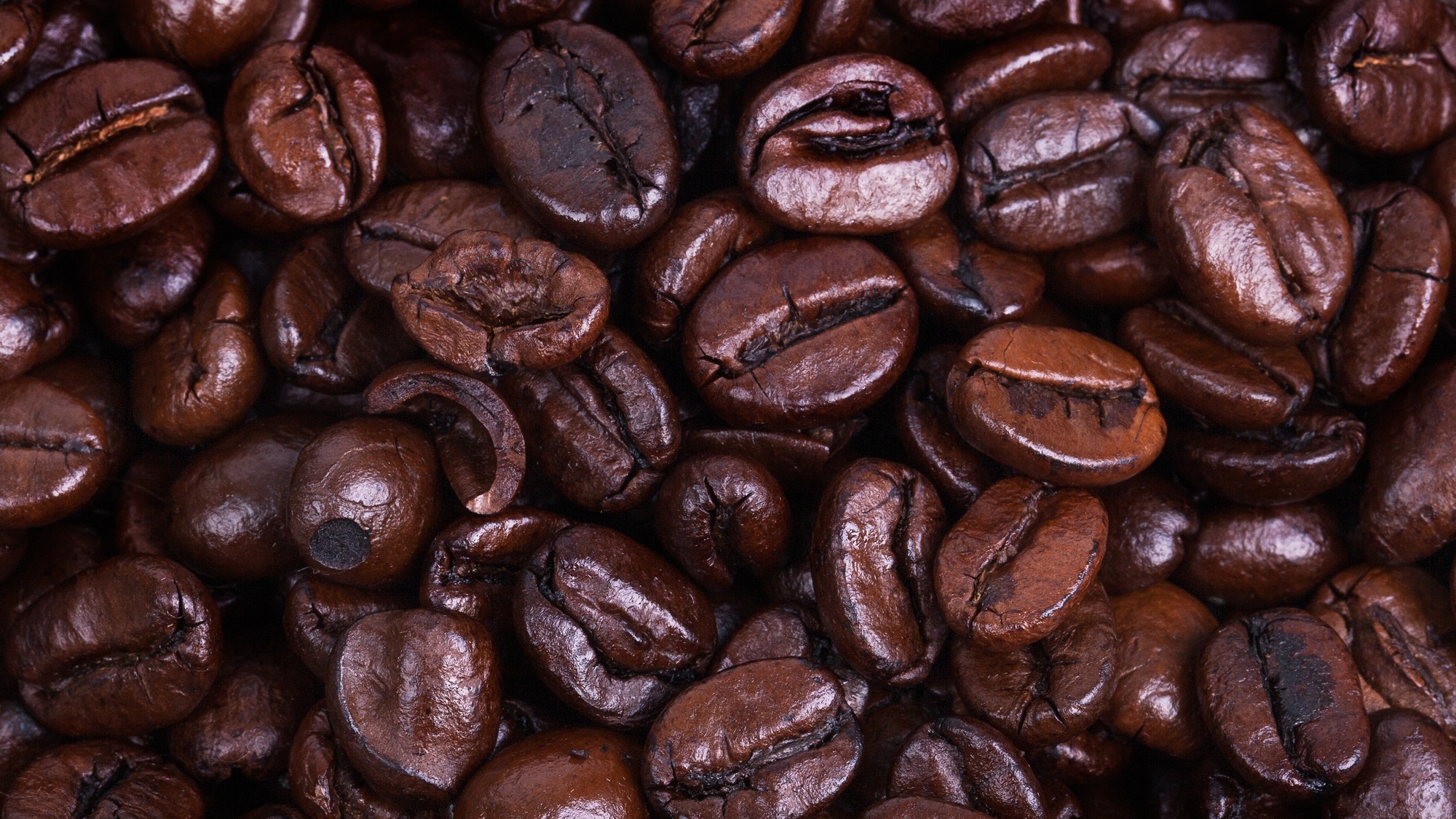When coffee fans debate the optimal brew, the argument often centers on the relationship between roast strategies and caffeine levels. But after a recent gauntlet of laboratory tests, researchers believe they identified the blend of factors comprising the perfect cup balancing flavor and zing—and dark roast diehards may want to finish taking a sip before finding out the results.
“Over 20 years ago, I heard a barista claim that dark roasts have more caffeine, but a decade later, I was exposed to the contrasting idea that light roasts were the king of caffeine. Yet, I couldn’t find any convincing data,” Zachary Lindsey, an assistant professor of physics at Georgia’s Berry College, said in a statement.
Lindsey’s team recently analyzed the relationship between coffee beans’ chemical and physical attributes through various roasting and brewing scenarios. While their trial focused on only natural and washed processed Ethiopian beans, researchers examined five varieties of roasts across brew times of one, two, and ten minutes using a machine with a 15:1 water-to-coffee ratio.
“When selecting a brew method, the main goal was to implement a procedure that could consistently produce brews within a wide range of extraction yields by only varying the brew time,” said Lindsey.
The results, published in the journal Scientific Reports, offer a detailed look at 30 unique coffee combinations on microscopic and chemical levels. Lindsey and colleagues used high-performance liquid chromatography (HPLC) to assess molecular makeup of soluble compounds like caffeine and chlorogenic acids. In this process, a brew’s compounds are separated according to their interactions with a standard material to measure concentration. Scanning electron microscopy (SEM) imaged whole and ground beans to provide observers with a close look at porosity and grain size, thereby better highlighting how roasting physically affects coffee.
For the third and final tool, the team turned to refractometry—the measurement of light bending—to learn brewing extraction yields. According to the study, attributes such as caffeine content are the result of intricate relationships between how coffee is roasted, and how well its organic compounds can dissolve into water.
As Lindsey explained, “During roasting, the volume and porosity of the coffee seeds increase as the roast progresses, which makes it easier for compounds to move in or out of the system.”
For example, porosity, or the measure of a coffee ground’s void spaces, grows due to longer grinding times. This means that a larger amount of each coffee ground’s internal surface area is exposed to water. But when it comes to caffeine, light and medium roasts on average measured higher levels than darker variants across the roasting spectrum samples. Lindsey’s team explained that this is due to the amount of caffeine that is lost during the process. Darker roasts, however, maintained higher caffeine levels than lighter roasts when porosity and extraction yields were uniform across all varieties.
“Although the interplay between roast degree and caffeine content has been addressed over 20 times in the literature, the prevailing theory is that caffeine remains stable during the roasting process,” Lindsey argues. “However, we establish a clear relationship between roast degree, caffeine content, and extraction yield.”
Like most preferences, your ideal coffee brew is ultimately a matter of personal taste (or access to ultrasonic frequencies). But if your main goal at the end of the day is to get a much-needed energy boost, Lindsey suggests a medium roast blend for the most caffeine per cup.

